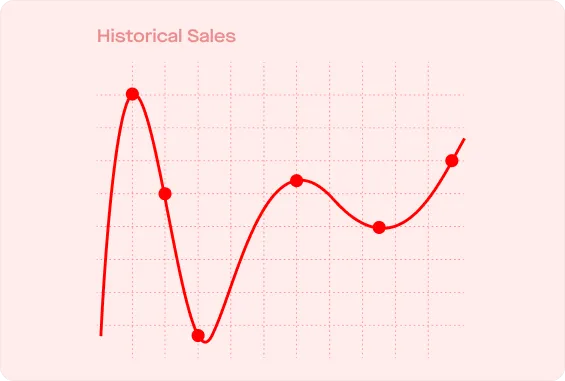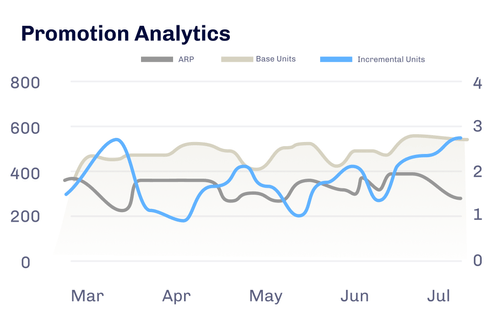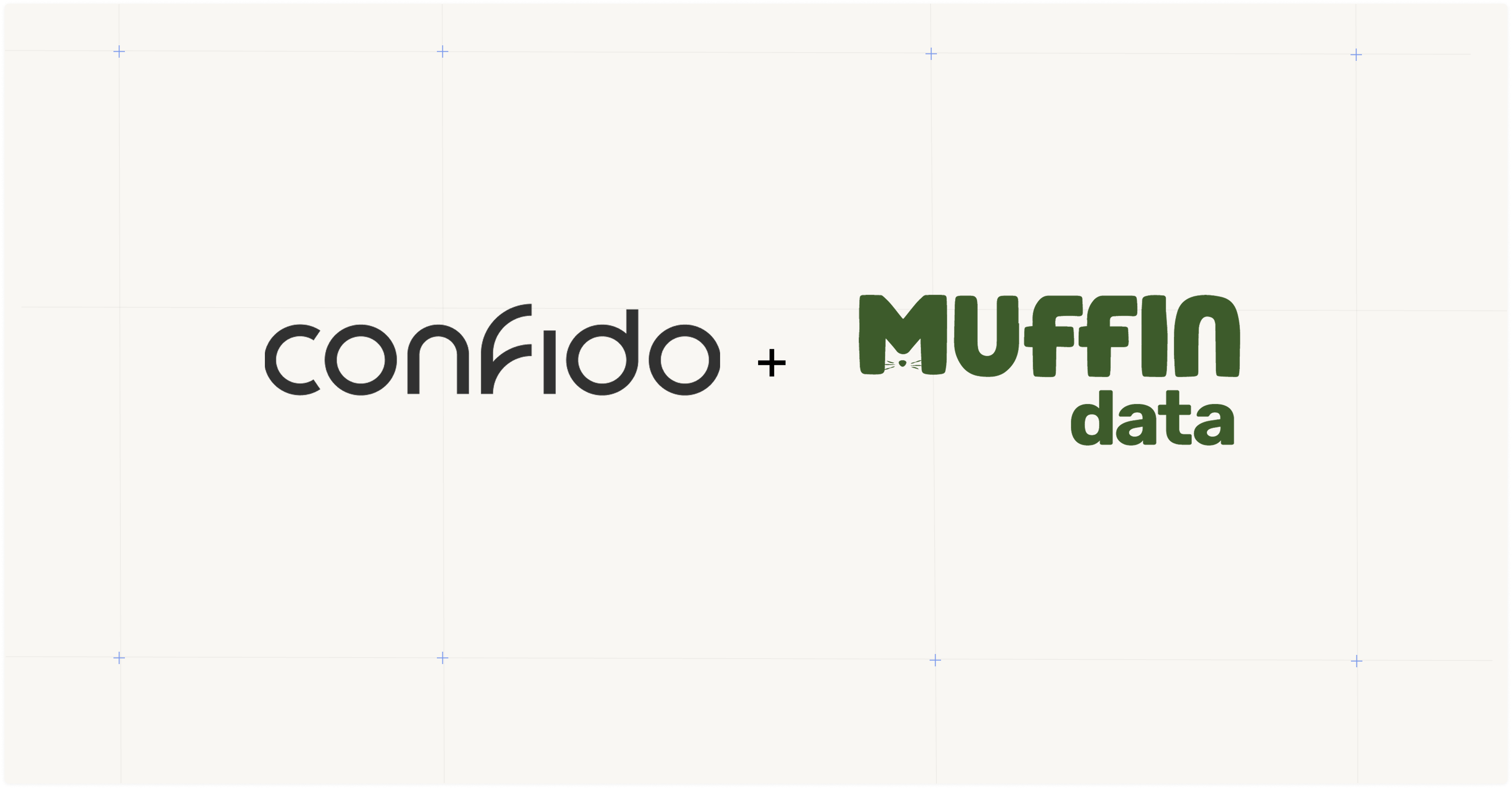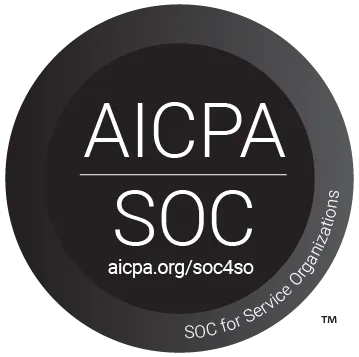CPG Trade Promotion Best Practices



Trade Promotion Management (TPM) Best Practices
What is Trade Promotion Management?
Trade Promotion Management (TPM) refers to the process of planning, executing, and analyzing promotional activities within the consumer packaged goods (CPG) industry, particularly in the context of trade relationships between manufacturers (suppliers) and retailers. TPM encompasses a range of activities aimed at effectively managing promotional campaigns, optimizing promotional spending, and maximizing return on investment (ROI).
Why is Trade Promotion Management important?
Promotion planning is essential for CPG companies in the sales process. Promotional trade events can range from discounts during a holiday period, to boosting awareness for a launch of a new SKU, to buying optimal shelf or ad space in a store. These promotions are critical to influencing purchasing behavior and encouraging trial.
However, despite the fact that trade promotion spend is one of the largest line items on the P&L - ranging generally from 20-30% - getting the right ROI and ensuring profitable outcomes requires significant budget management and time investing in planning.
Revenue growth management teams must tract the right metrics, or promotions may end up performing sub-optimally. The importance of trade promotion software lies in its ability to optimize promotional budgets, improve ROI, and strengthen relationships with retail partners. By implementing best practices in trade promotion management, companies can enhance their promotional strategies and achieve better results in their trade promotion efforts.
This article will provide a framework approach to trade management and running campaigns, with helpful tips to keep in mind for current and future promotions for integrated business planning and optimizing trade spend.
Pre-Promotion Planning
Although often overlooked, structured pre-promotion trade planning is essential for trade promotion optimization and setting the team to make profitable business planning decisions. This step in annual planning will help the team set up goals, understand their customers, benchmark with competitors, and ensure consistency in promotions.
Define the objective
Is your goal to win new shoppers? Improve loyalty with inconsistent shoppers? Increase volume and shelf stocking with loyal customers? Launch a new product and improve brand visibility? Understanding the goals with each trade promotion will dictate the next steps in crafting future promotions.
Understand shopper behavior
How do your customer pick their products? What pressures are they facing today? What channels are they shopping in for your product? What behaviors are unique to the demographic and geographic that you're targeting? For the trade promotion to succeed, think about how to meet the needs of the customers and any other incentives they may tae into account.
Market research competitors
Should you go head to head with competitive products or wait until the category is quiet? Can you match your competitor's price? What competitive product features should you lean on? Sales teams will benefit from knowing what the competition is up to for benchmarking purposes.
Consistent measurement
Come to agreement on consistent units of measurement - by units, dollars, cases, are all valid, but keeping a uniform, data management structure across the entire promotion process will make it easier to measure success (or lack thereof).
Another metric that is important to track is the ROI efficiency, which is incremental profit divided by incremental promotional spend. This will give you a consistent idea on how promotions are performing over a period of time.
.png)
Running the right type of trade promotion campaigns
There are several types of trade promotion efforts that will effect sales in different aspects: Frequency, Penetration, and Weight of Purchase. Overall, fewer, deeper, purpose-built deals are more effective to increase sales given the fixed ad costs.
Keep in mind, making the promotion as simple as possible is key. If the shopper has to do any math or put in extra effort before placing your item in the cart, then you've already lost them.
Frequency
Frequency promotions are used to improve brand loyalty within an existing customer base. Typically a price reduction of 20-33% will encourage shoppers to purchase more often. Consumer goods companies should offer at least a 20% discount, or else it won't be effective.
When making trade investment into frequency promotions, it can benefit from various displays or ad slots. By increasing visibility in the retail environment, you can increase the amount of opportunities that shoppers convert.
Penetration
Deep trade spend - often a reduction of 33% or more - is needed for penetration promotions to win new customers and gain market share. This trade spending is also effective when introducing new products to retail partners.
Penetration promotions are the most successful when paired with a display ad. Front-of-store and corner shelf displays builds brand recognition with the shopper, creating effective campaigns when trade spend is grouped strategically.
Weight of purchase
To drive sales in larger volume, weight of purchase promotions such as BOGO and two-for-one can encourage shoppers to stock up more than they may have historically. This type of trade spend is focused towards loyal shoppers in stores that are already well-penetrated, and typically not used for new product launches.
Placement doesn't need to change with weight of purchase promotions, given the shopper was already prepared to buy.
Timing of trade promotion campaigns
Running trade promotions at the right time is imperative in getting the most out of your own trade promotion spend. Planning ahead of time around holidays, seasons, and another other important events with retailers will have a positive impact on overall revenue.
Short promotion timeframes
Typically used for new product launches to gain market share and inspire customer trial, shorter time frame trade promotions (1-3 weeks) paired with deep discounts can generate significant uplift, but often doesn't last or create shopper loyalty.
Long promotion time frames
Longer promotions, typically volume-based, can generate uplift for an extended period of time and enforce buying habits. However, it's important to space out promotions with proper recovery time (at least 2-3 weeks between promotions) to allow volume to return to baseline.
Optimizing with historical data
Although more art than science, determining the best timing can be calculated by plotting sales data around sales and uplift from past promotions. Data can be taken from third parties like SPINs and IRI, as well as POS data, to built accurate forecasts on promotional lift.
EX) Estimated lift based on historical SPINS data, using Confido's data visualization tool

Finding the right balance for trade promotions
If sales teams promote too little, they risk not meeting customer demand and forgoing sales to competitor's. If sales teams promote too much, then CPG brands may lose significant volume when the promotional activity ends, mistaking price loyalty for brand loyalty.
By closely benchmarking against historical promotions, effective campaigns can be copied yearly with minor tweaks to optimize.
Test and Learn
The trade promotion management process is a continuous cycle of testing and learning to make better business decisions. Sales teams should measure promotion results and compare with state objectives and benchmarks, in order to identify gaps and opportunities.
Using control and test groups, shopper surveys, and market research are great ways to apply insights and learnings to refine and adjust promotional strategy.
Higher ROI with Confido Trade Promotion Management Software
Following these guidelines are the first step towards profitable trade promotions, but manual work and intuition doesn't scale forever, even as a CPG brands' revenue might. To get the most for your money, using a trade promotion management software can help CPG brands easily create trade promotions and optimize on trade spend to boost sales.
About Confido TPM
Confido has developed a trade promotion management solution built on best practices, and the software offers features including promotional calendar and planner, sales forecasting, accrual reporting, and direct heuristic matching with deductions.
Confido integrates with historical data, POS, and other syndicated data providers to provide estimates of promotional ROI and lift and accurate sales forecasts from various perspectives. This helps during sales planning to optimize the baseline of past promotions with changed parameters, and see how different promotional structure can impact performance and ROI, to empower data driven decision making.
In addition, Confido's accrual reporting enables teams to compare actual trade spend vs. planned trade spend, offering real time visibility on how sales are coming in. In a single platform, users can save views and share within the organization.
Finally, Confido can give the full cycle from planning to cash posting and reporting, including the ability the match deductions to the appropriate promotion automatically.

Contact us today to see how you can improve your trade promotion management processes, and provide your brand with a competitive edge when managing trade spend.


Explore More Resources









.webp)
.svg)

.png)



